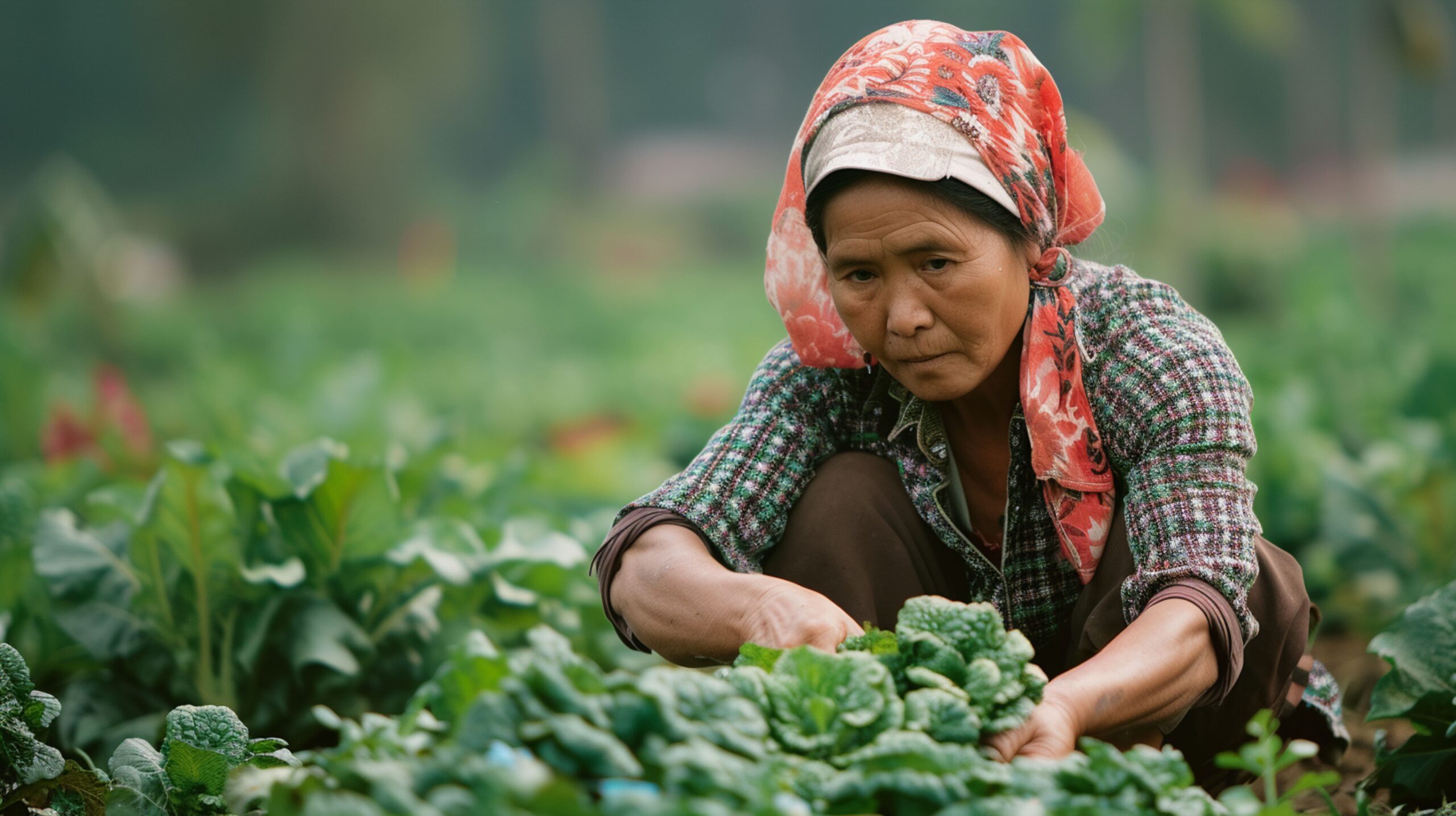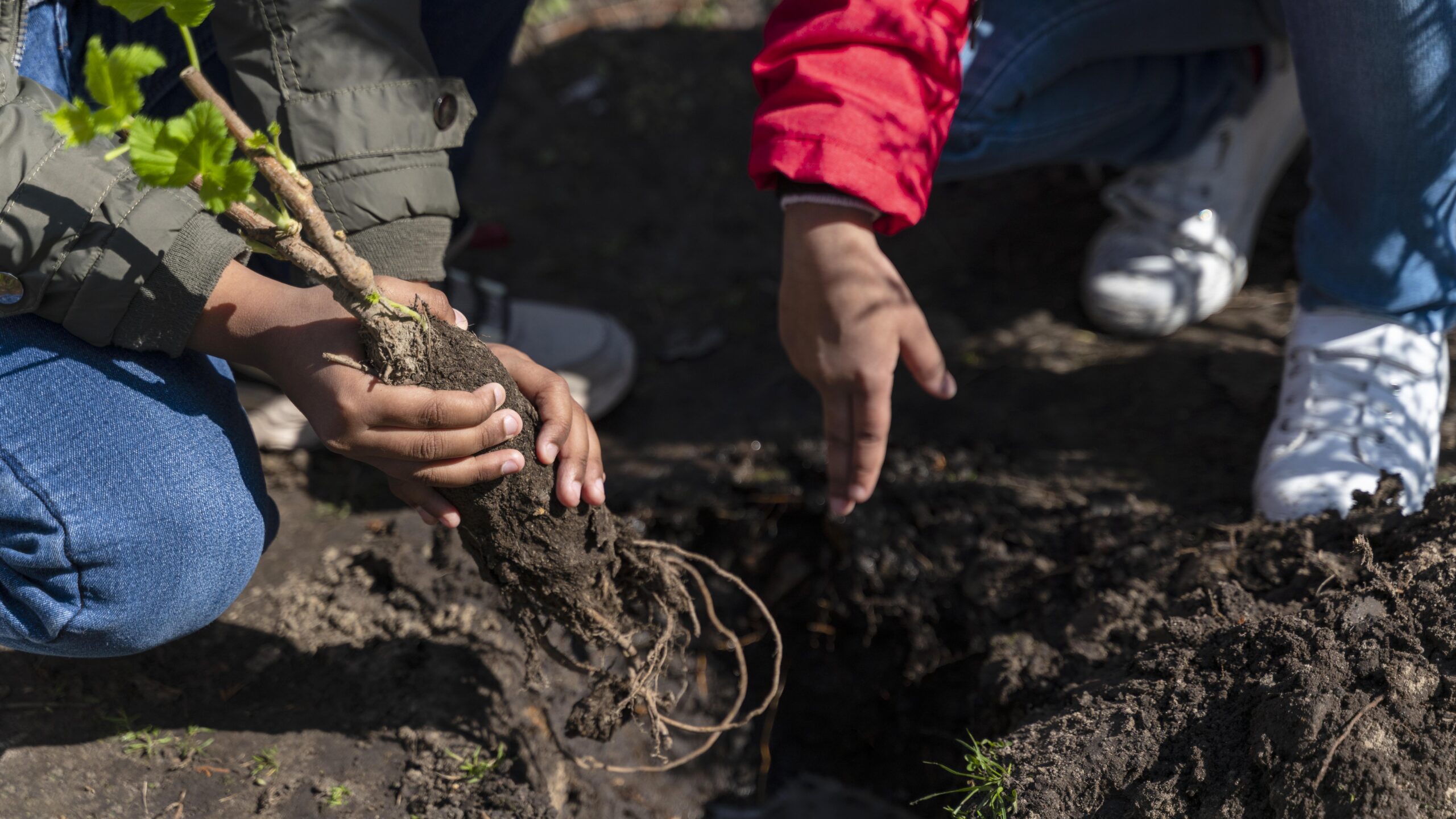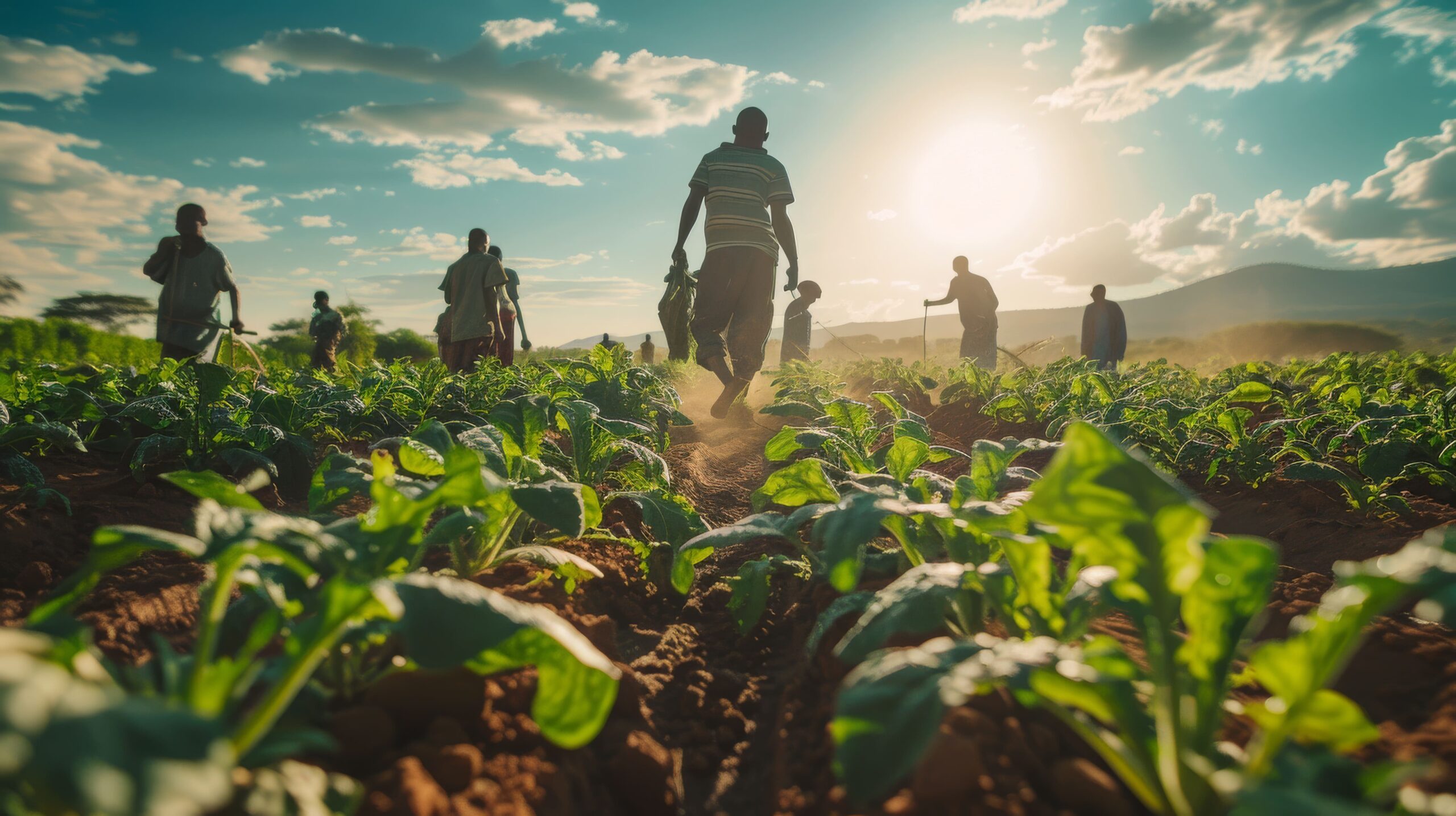
In the sprawling landscapes of rural India, where life unfolds at a slower pace and traditions run deep, a quiet revolution is underway. Women, long relegated to the margins of society, are stepping into the spotlight as architects of change, empowered by the convergence of micro-economy initiatives, Self-Help Groups (SHGs), education, and technology. In this blog post, we explore the transformative journey of rural women as they harness the power of these pillars to cultivate sustainable livelihoods, fostering resilience, dignity, and prosperity in their communities.
Across rural India, women are the silent powerhouses, managing households, contributing to agriculture, and holding communities together. Yet, limited access to resources and opportunities often restricts their potential. Fortunately, a powerful force is emerging – the convergence of micro-economies, Self-Help Groups (SHGs), education, and technology. This blog explores how this combination empowers rural women to build sustainable livelihoods and transform their lives.
Understanding the Challenges:
- Limited Resources: Lack of land ownership, credit access, and training restricts women’s ability to participate in income-generating activities.
- Social Barriers: Traditional gender roles often confine women to domestic chores, hindering their entrepreneurial spirit.
- Market Access Gap: Even when women engage in income generation, finding markets for their products can be a challenge.
At the heart of the rural empowerment movement lies the concept of micro-economy initiatives — small-scale enterprises and income-generating activities that empower women to break free from the cycle of poverty and dependence. From dairy farming and poultry rearing to handicrafts and artisanal products, these micro-enterprises provide women with a source of income, agency, and pride. By investing in micro-economy initiatives and providing access to finance, training, and market linkages, we can create a conducive environment for women to thrive and flourish as entrepreneurs.
Empowering Solutions:
- Micro-economies:
Small Business Ownership: Encouraging women to start small businesses like food processing units, handicraft production, or micro-retail outlets fosters income generation and financial independence. - Self-Help Groups (SHGs):
Collective Power: SHGs provide platforms for women to access microfinance, training, and support networks. This fosters collective bargaining power and market access for their products.
Skill Development: SHGs can offer training in financial literacy, bookkeeping, and marketing, enabling women to manage their businesses effectively. - Education:
Breaking Barriers: Literacy and numeracy skills are crucial for managing finances and navigating markets. Education empowers women with financial independence and decision-making abilities.
Digital Literacy: Equipping women with basic digital skills helps them access online marketplaces, connect with customers directly, and learn new skills. - Technology:
Market Expansion: Online platforms and social media can help women connect with a wider customer base and sell their products nationwide or even globally.
Financial Inclusion: Mobile banking and digital payment systems ensure safe and convenient access to financial tools, promoting financial self-sufficiency.
The Ripple Effect: Transforming Communities
Empowering rural women through these interventions creates a positive ripple effect throughout society:
- Improved Family Well-being: Increased income security translates to better nutrition, healthcare, and education for families.
- Community Development: Women’s economic participation stimulates the local economy, leading to new job opportunities and increased prosperity.
- Social Transformation: Empowered women can challenge traditional gender roles and inspire future generations to break barriers and pursue their dreams.
Strength in Unity: Self-Help Groups (SHGs)
In many rural communities, Self-Help Groups (SHGs) serve as engines of empowerment, providing women with a platform for collective action, solidarity, and mutual support. Through SHGs, women come together to pool their resources, share knowledge, and undertake collective savings and credit activities. This not only enables them to access financial services and investment opportunities but also fosters a sense of community ownership and empowerment. By strengthening SHGs and promoting women’s leadership within these groups, we can amplify their voices and catalyze positive change at the grassroots level.
Nurturing Minds: Education as a Catalyst for Change
Education has long been recognized as a powerful tool for empowerment, opening doors to opportunities and unlocking the full potential of individuals. In rural India, where access to education has historically been limited, investing in girls’ education and adult literacy programs is crucial for breaking the cycle of intergenerational poverty and gender inequality. By providing girls with access to quality education, we can equip them with the knowledge, skills, and confidence they need to chart their own destiny, pursue their aspirations, and contribute meaningfully to society.
Bridging the Digital Divide: Empowering Women with Technology
In an increasingly digital world, access to technology is no longer a luxury; it’s a necessity. From mobile phones and internet connectivity to digital literacy and e-commerce platforms, technology has the power to connect rural women with information, markets, and opportunities beyond their immediate surroundings. By providing training in digital skills and promoting the use of technology for income generation and entrepreneurship, we can empower women to overcome geographic barriers, access new markets, and build sustainable livelihoods that transcend traditional boundaries.
Cultivating a Garden of Opportunities
As we navigate the complexities of the 21st century, the empowerment of rural women in India stands as a beacon of hope for sustainable development and social progress. By nurturing the seeds of empowerment through micro-economy initiatives, SHGs, education, and technology, we can cultivate a garden of opportunities where every woman has the chance to blossom and flourish. Together, let us sow the seeds of change, water them with knowledge and opportunity, and watch as they grow into a future where rural women are empowered to shape their own destiny and build a brighter, more inclusive society for all.
Investing in the Future:
Empowering rural women through micro-economies, SHGs, education, and technology is an investment in a brighter future for India. Here’s how you can be a part of the change:
- Support Organizations: Donate or volunteer with NGOs working on women’s empowerment initiatives in rural India.
- Spread Awareness: Educate others about the importance of empowering rural women and the positive impact it creates.
- Make Conscious Choices: As a consumer, choose products made by rural women entrepreneurs, supporting their businesses and livelihoods.
By leveraging the power of micro-economies, SHGs, education, and technology, we can create a future where rural women in India are not just surviving but thriving, shaping a more sustainable and equitable society for all.



